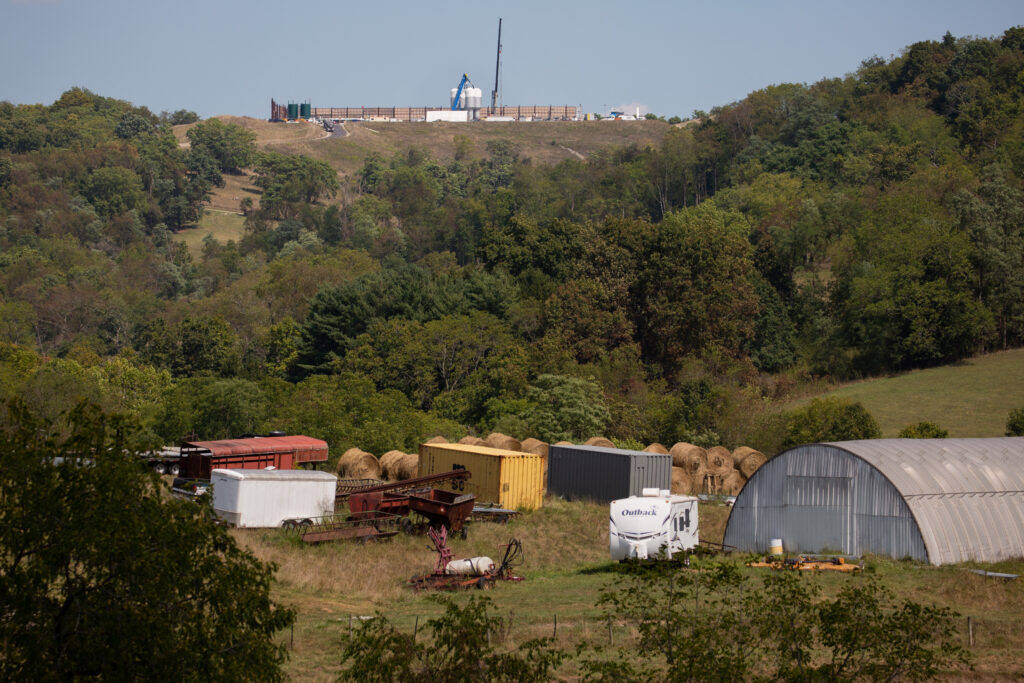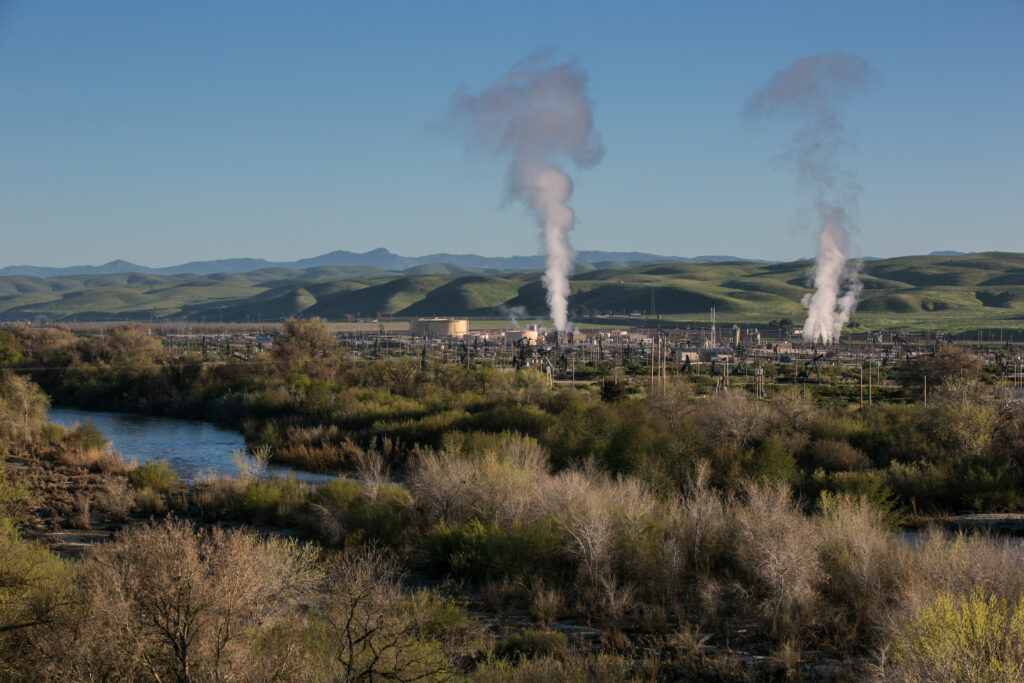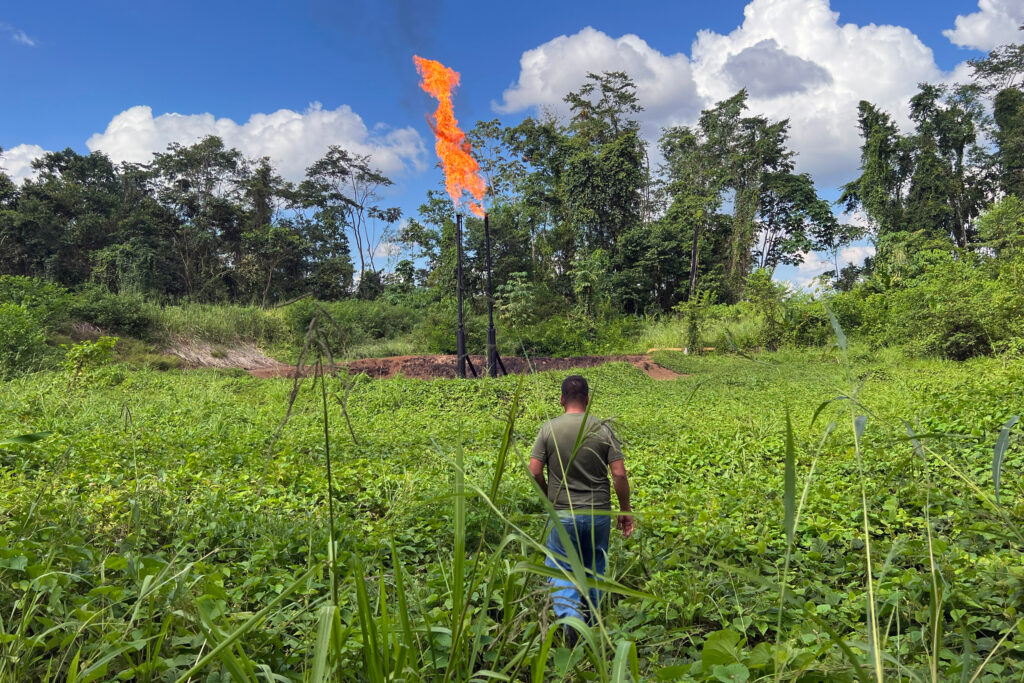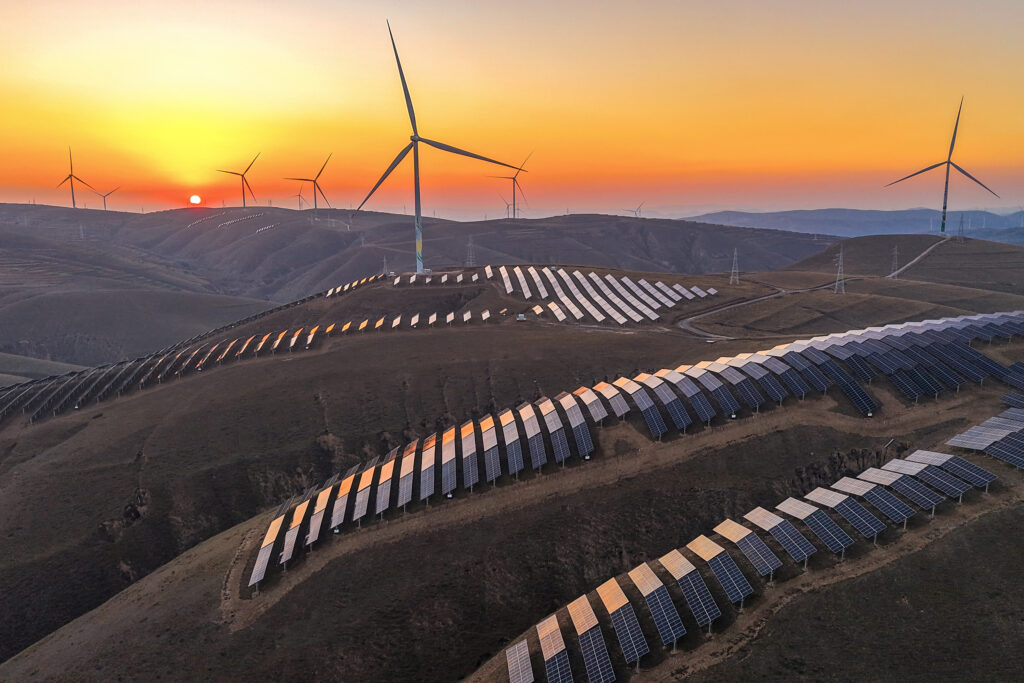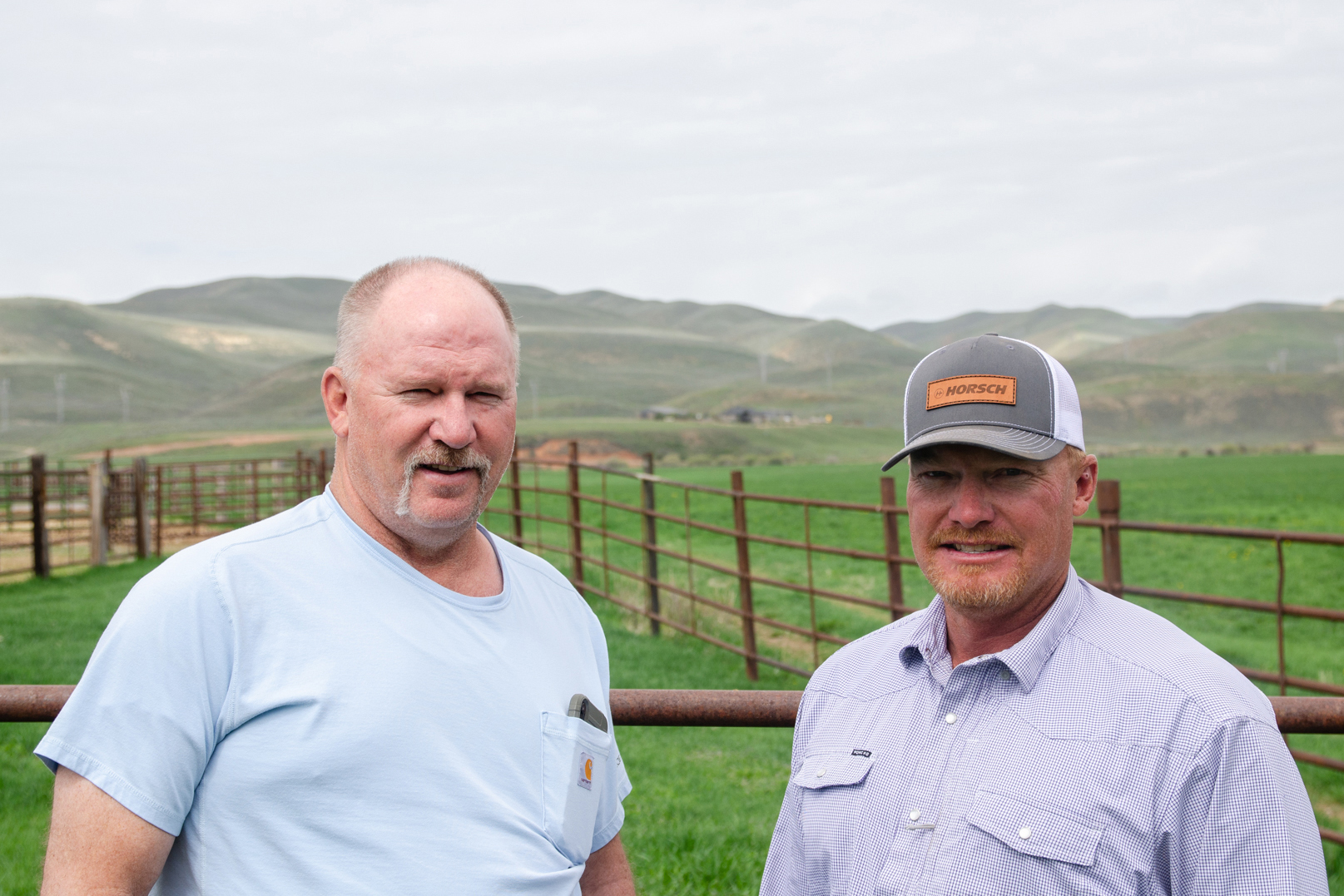In recent years, Schuyler Wight has noticed a growing number of abandoned oil wells coming back to life, gurgling fluids to the surface of his West Texas ranch. Last week he found the biggest one yet.
Gassy water was gushing from the ground and down a quarter mile of roadway before it drained into a pasture on a remote corner of his land.
“It’s by far flowing more than any other,” Wight said. “It’s getting worse, there’s no question about that.”
It’s the latest in a string of mysterious water features in the arid Permian Basin, the nation’s top producing oil field, that regulators have been unable to explain.
We’re hiring!
Please take a look at the new openings in our newsroom.
See jobs
Last year, an eruption of salty water swamped several acres on Wight’s cousin’s ranch, triggering a multi-million-dollar cleanup. In 2022, a geyser shot up from a well in Crane County, then another spouted on the Antina Cattle Ranch. Nearby, a large pond of gassy groundwater has become a permanent feature called Boehmer Lake.
Texas’ oilfield regulator, the Texas Railroad Commission, has yet to offer an explanation for what is driving so much water to the surface. After the massive cleanup effort in January, an agency press release said it was “continuing to investigate” the cause. The Railroad Commission did not immediately respond to a query.
Wight, a fourth generation West Texas rancher, has watched this problem grow for years. He said the RRC has plugged about ten old wells leaking onto the surface of his property. But each time they do, another one starts flowing.
“Words can’t describe how far behind they are and how bad they are doing at this,” he said. “There’s going to be more of this, not just in Pecos County. You’re going to see it all over the place.”
There’s nothing uncommon about a leaky old well. Many in West Texas were drilled during World War II and 80 years underground can do major damage to steel and concrete casing. Many of those wells were also flooded with water to squeeze out the last drops of oil.
The mystery now in the Permian Basin is what is pushing large volumes of that water up to the surface.
“There’s a source of pressure there and it’s shallow,” said Hawk Dunlap, an oilfield firefighter who lives in Crane County and surveyed the recent blowout for Wight last week. “It’s not clear what the source is.”
“There’s going to be more of this, not just in Pecos County. You’re going to see it all over the place.”
Dunlap has worked oilfield emergencies in 102 countries, he said. He’s seen water dribbling up from old oil wells before, but never anything close to the quantity he’s seen in West Texas.
It’s strange, he said, because local ranchers need pumps to draw from their water wells. But every so often, it comes out of an oil well by itself.
Dunlap suspects it may be related to the injection of fracking wastwater. West Texas oil producers pump millions of gallons of so-called produced water, laced with chemical lubricants and numerous hazardous compounds such as arsenic, bromide, strontium, mercury, barium and organic compounds, particularly benzene, toluene, ethylbenzene and xylenes, underground every day for disposal, often into old oil and gas wells.
In theory, the produced water will remain in those wells and rock formations in perpetuity. But the geological science is imprecise, and if the water broke out of its confines, it could affect pressure in other pockets underground.
Many other factors could affect the situation, Dunlap said. Gas can create pressure underground, as can interactions between freshwater and heavier salt water. Produced water can be five to eight times saltier than ocean water.
“There’s been such an increase in disposal of produced water over the past decade, there’s an overwhelming amount of water being disposed,” said Dominic DiGiulio, an environmental consultant and geoscientist who has worked for 30 years at the Environmental Protection Agency. “That pressure has to go somewhere. So if there’s a well penetration then it’s going to move freely up that well penetration.”
Most typically, old oil wells leak gas, which is naturally buoyant. Leaking water is less common, according to Dwayne Purvis, founder of Purvis Energy Advisors, but has been known to occur “under varying combinations of unique conditions.”
This story is funded by readers like you.
Our nonprofit newsroom provides award-winning climate coverage free of charge and advertising. We rely on donations from readers like you to keep going. Please donate now to support our work.
Donate Now
He pointed to examples in California related to the injection of steam for oil recovery, and in Pennsylvania, where water from old coal mines has flowed through abandoned oil wells to the surface. In Pennsylvania, the Department of Environmental Protection has also investigated “frac-outs,” which occur when water being used to frack a well “communicates” with an abandoned well and then contaminates well water far from the fracking site.
In any case, Purvis said, “fluid pressure must suffice to lift the fluids to the surface.”
On Wight’s ranch the latest blowout continues to flow. Measurements indicate the water is moderately salty, and Wight can only watch helplessly as it seeps into his land.
“The salt poisons the ground and nothing will grow after that,” he said. “There’s not a lot you can do to remediate salt contamination.”




